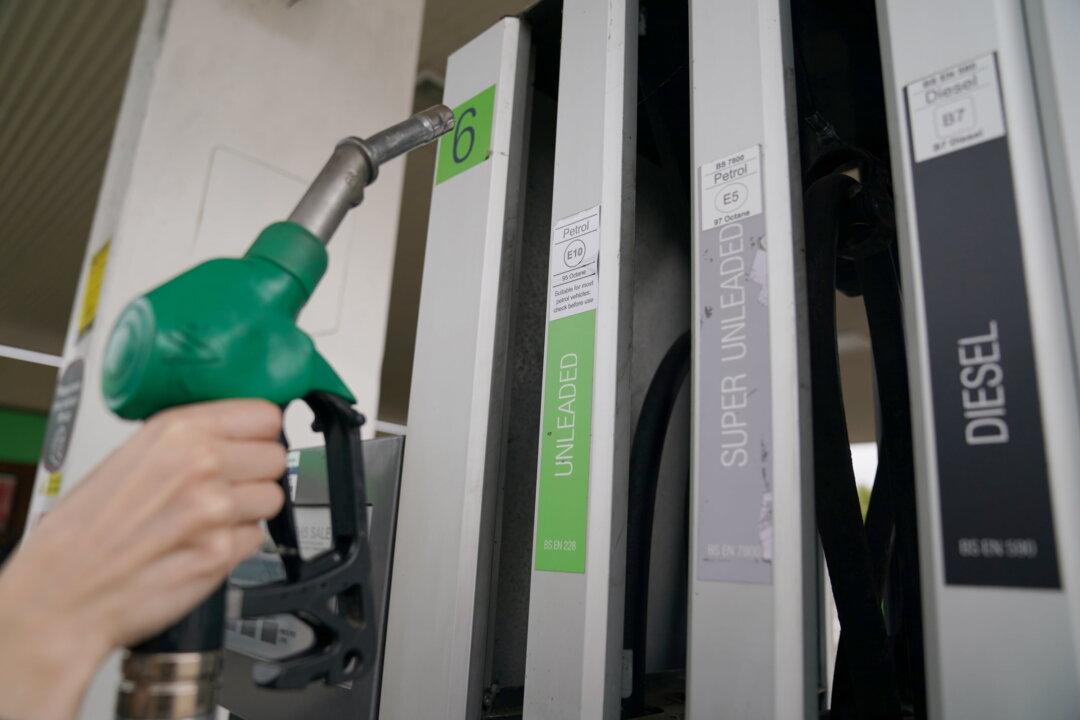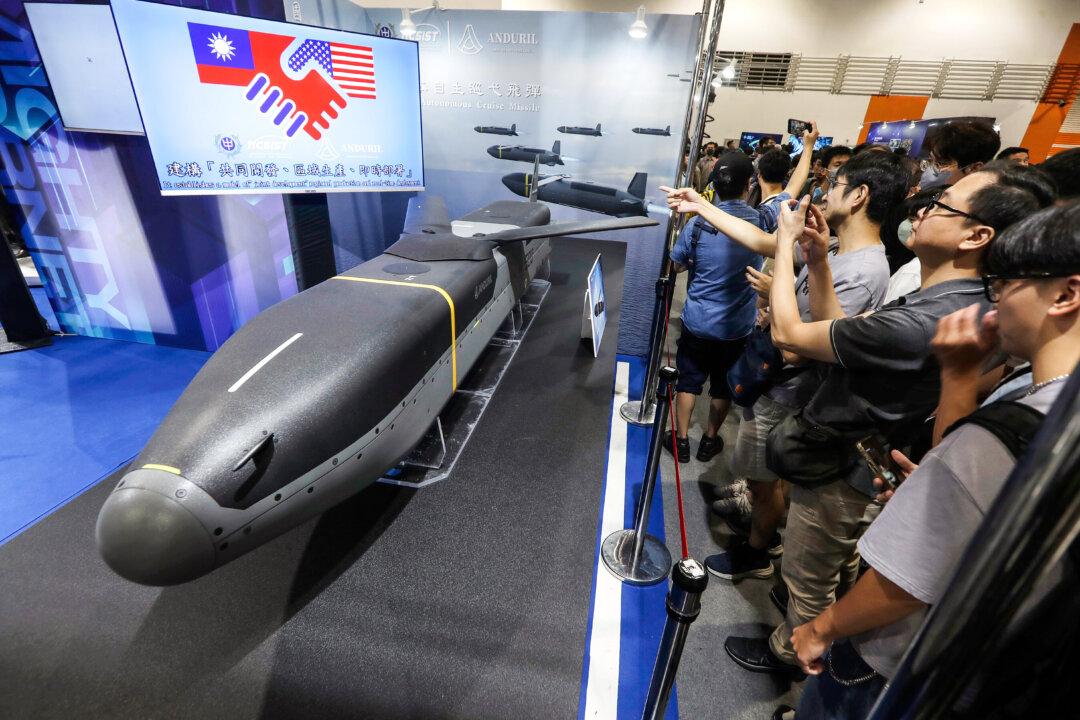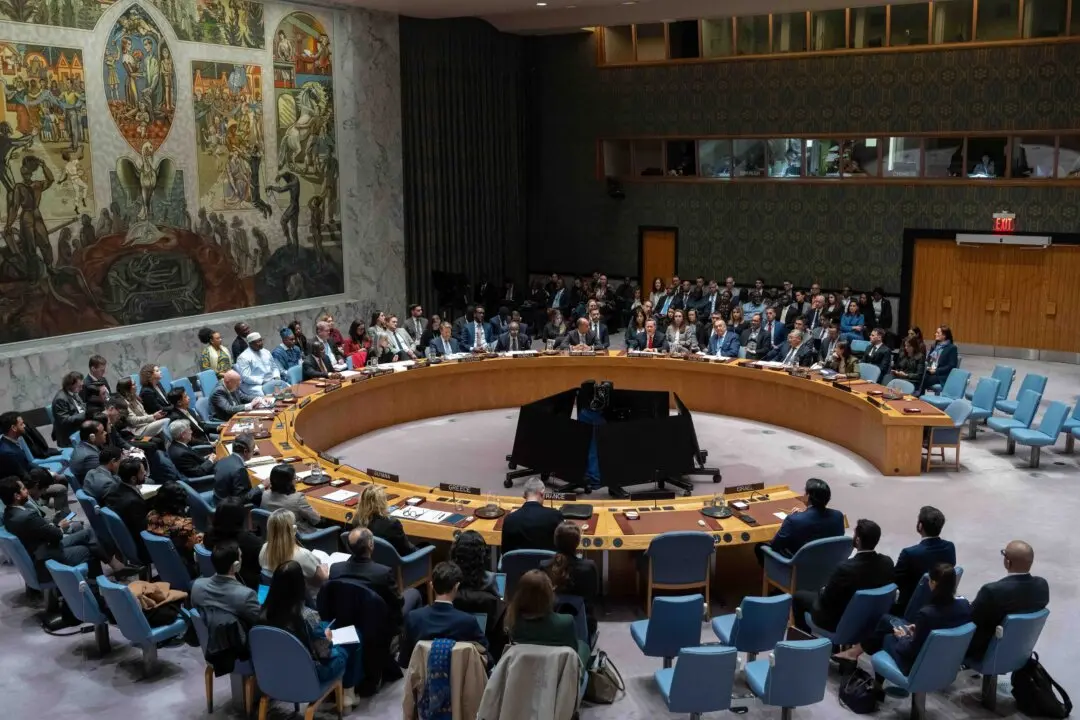Drivers of petrol vehicles continue to get a “raw deal” despite a record monthly drop in pump prices, according to a new analysis by the RAC.
The British automotive services company said on Monday that the new prices “remain a long way off” what it believes to be fair.





